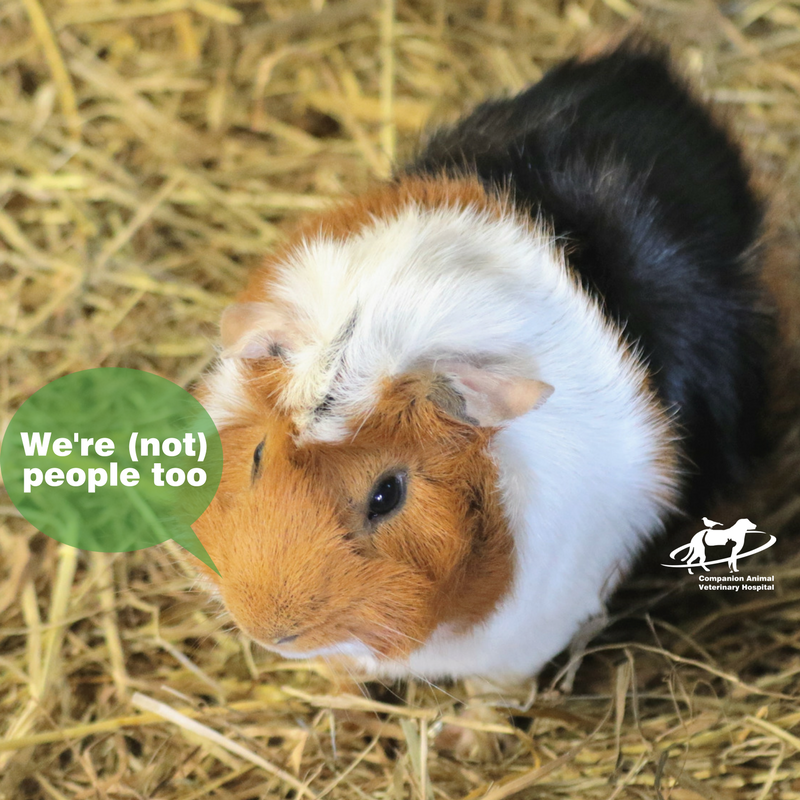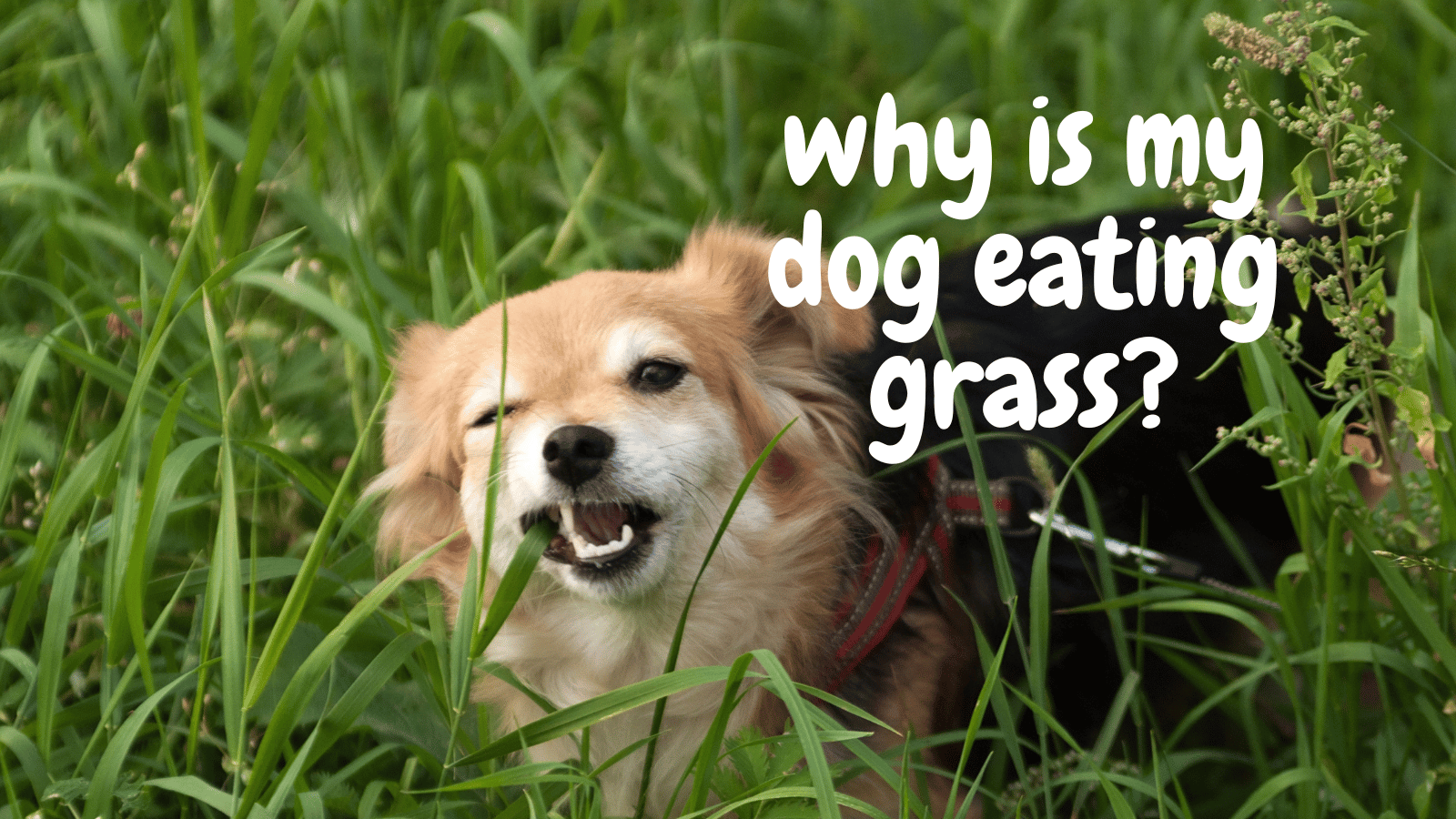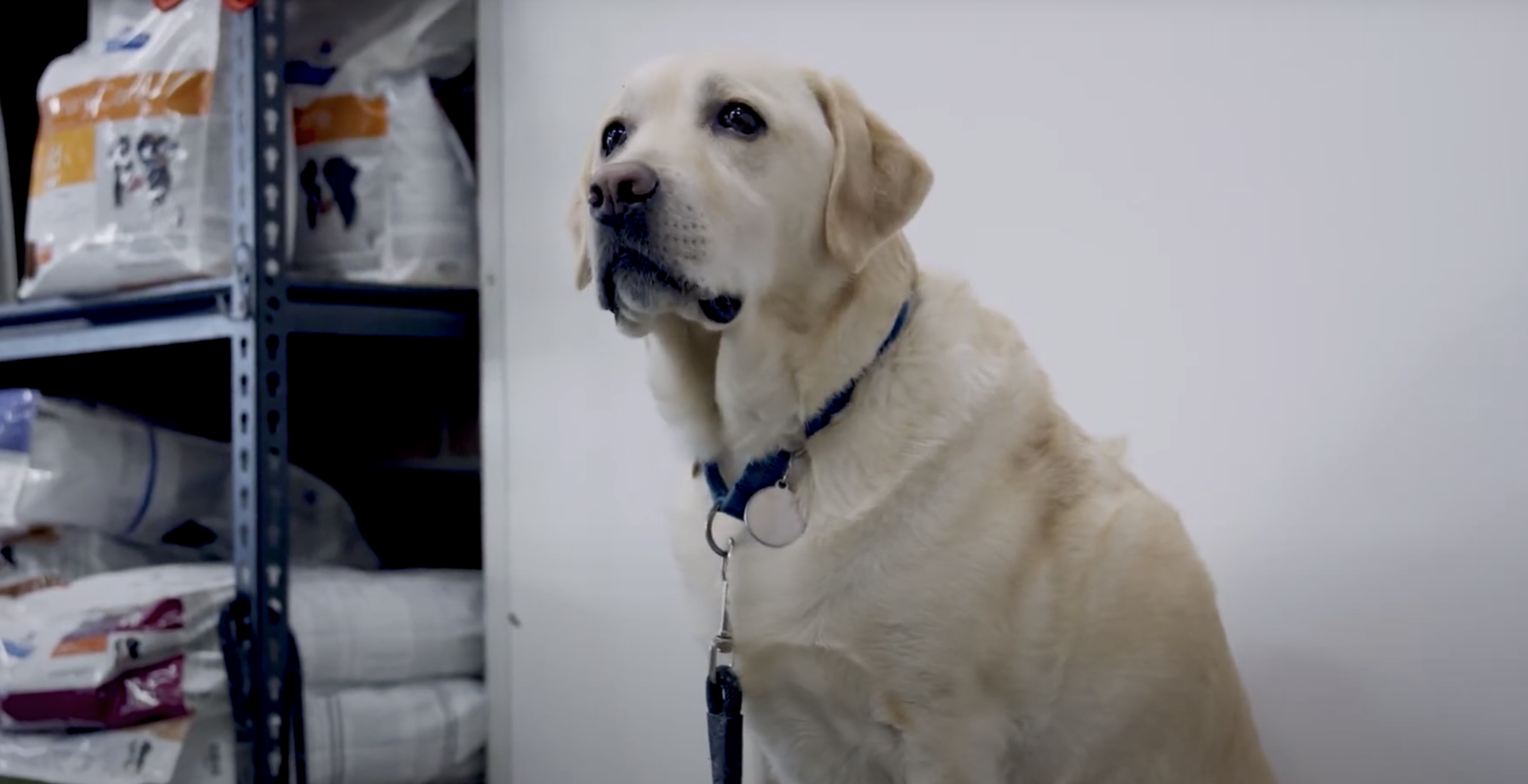Alot of problems arise when assumptions are made. The more common ones we run across in vet science are those of anthropomorphising (assuming animals are just people in small, hairy suits).
This can lead to people doing things like:
- giving human medication to animals or
- not recognising or meeting the requirements for appropriate behaviours.
Other problems can arise when we assume similar animals have the exact same requirements, not treating them as individual species. Feeding dogs like they are cats and vice versa is probably the most common example but a similar, though less common example is feeding rabbits and guinea pigs.
Rabbits vs Guinea Pigs
Rabbits are not just long eared guinea pigs that hop instead of run! While they are similar in many ways, there are crucial differences in metabolism that are important for their health and well being.
- Both have continuously growing teeth that need to be worn to prevent over growing.
- Both species also require a high fibre diet to promote gastrointestinal health and both do best with a diet based on grass or grass hay, a smaller amount of leafy greens and herbs, and a small amount of species specific pellets.
- The key difference, with regards to metabolism anyway, is that unlike rabbits who can synthesise Vitamin C, Guinea Pigs require Vitamin C in their diet.
Vitamin C is present in green plants and this will supply the majority of their requirements, however it is safer to supplement their diet with small amounts of Vitamin C rich foods like citrus and kiwi fruit.
There are a number of other differences between the species that are important and can be discussed with your vet.






